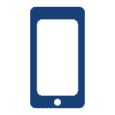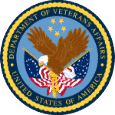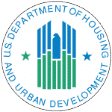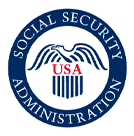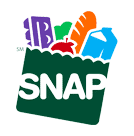Take a look at the people around you. Chances are, someone near you is using their cell phone right now. In a world that’s constantly becoming more digital, cell phones are literally a lifeline for most people. In addition to audio calls, voice messages, text messages, and social media, consumers are utilizing their handheld devices more than ever before for navigation, research, and work-related needs. Most recently, the worldwide pandemic has had professionals using video messaging platforms to conduct virtual meetings and other business matters at a rapidly increasing pace. Whether being used for social, medical, emergency, or professional needs, cell phones are a must-have in our modern world. Numerous studies have shown that desktop computer system usage is declining, while handheld devices are on a continuous upswing. Increasing reliance on technology is assuredly a sign of the times!
Do you have a cell phone? Try going at least one day without using your device. Now, imagine if you never had access to your phone! Life would be increasingly difficult, not to mention the loss of security you would feel without having that connectivity when you need it most. Sadly, this is the reality for so many people across our country and throughout the world today.
Access to cell phones and the affordability of smartphone devices are out of reach for many citizens. The expensive, ever-evolving technologies and internet access prove to be too costly for some to work into their budget. Luckily, the Federal Lifeline Program is lending a helping hand to help provide affordable wireless plans for those who may be on a limited income. A plethora of people from all walks of life and in an array of socioeconomic statuses can benefit from these discounted services.
The Lifeline Program, which is part of the Universal Service Fund, is available in every U.S. state and territory, including Tribal lands. This means that virtually anyone who qualifies can have that instant connection we crave in the digital age. Personal and professional relationships can flourish with the pathways of communication being open and readily accessible to those who may not have had that advantage in the past.
What does the Lifeline Program Provide?
The Lifeline Program was originally started in 1985. The onset of the program provided discounted phone services to those who qualified through their lower-income status. Once it became clear that technology was trending quickly toward cell phones, the program shifted its focus to support this innovative and popular technology. The Lifeline phone service set new standards on December 1st, 2016, dictating qualifications. In addition to a discount on cell phone services, broadband internet access discounts are available as well.
According to fcc.gov, “Subscribers may receive a Lifeline discount on either a wireline or a wireless service, but they may not receive a discount on both services at the same time. Lifeline also supports broadband Internet access service and broadband-voice bundles. FCC rules prohibit more than one Lifeline service per household.”
The standards set forth the minimum service and support amount that individuals must receive if they qualify.
Qualifying individuals must receive at least:
- 500 minutes of mobile voice calls
- 3G speed
- Data usage allowance of 500 MB
Who Qualifies for the Lifeline Program?
Think you may qualify for this Federal Program? Here are the requirements:
Income-based Eligibility: If your total household income is at or below 135% of the poverty guidelines set by your state and/or the federal government, you may qualify for Lifeline service.
Program-based eligibility: You or someone in your household receives government assistance from programs such as the Supplemental Nutrition Assistance Program (SNAP), Medicaid, Federal Public Housing Assistance, Veterans Pension and Survivors Benefit, Supplemental Security Income, Tribal TANF, or Bureau of Indian Affairs General Assistance.
Assist Wireless is the top provider in Oklahoma, with over 29 locations currently offering assistance to get you connected. Lifeline assistance has proven time and time again to be a lifesaver for so many deserving citizens. The Lifeline Program has agents ready and able to assist you throughout the U.S., including Puerto Rico and the U.S. Virgin Islands.


